Endoparasites of spinner dolphin Stenella longirostris (Cetacea: Delphinidae) from the southern Gulf of Mexico
DOI: https://doi.org/10.3856/vol53-issue5-fulltext-3456
Abstract
The spinner dolphin (Stenella longirostris) is one of the most frequently sighted cetacean species in the southern Gulf of Mexico (SGM). In 2021, a mass stranding of S. longirostris (n = 3) occurred in a coastal location of the SGM. Necropsies were performed, and intestines, stomachs, mesenteries, kidneys, and lungs were collected for parasitological examination. The objective was to determine the species of parasitic helminths found in stranded spinner dolphins from the SGM. Helminths were collected and prepared using staining and/or clearing techniques for morphological analysis and taxonomic identification. A total of 1,014 helminths were recovered, belonging to seven taxa: 1 digenean (Synthesium tursionis), 2 cestodes (Tetrabothrius sp. and plerocercoids of Clistobothrium sp.), 3 nematodes (Halocercus brasiliensis, Anisakis sp., and Pseudoterranova sp.), and 1 acanthocephalan (Bolbosoma vasculosum). All three spinner dolphins were parasitized by S. tursionis and Tetrabothrius sp. Furthermore, all taxa found represent new records for this host species in the Gulf of Mexico. In addition, H. brasiliensis, B. vasculosum, and Tetrabothrius sp. are new records for Mexican waters.



